Code
HCS29408
Weight
1 Kg / 2.2 lbs
Size
Height
20cm (8") Width
10cm (4") Depth
5cm (2") Material
Copper
Availability
Available

Safe Payment
We accept Paypal, Money Transfer, Bank Transfer
Confidence
Protection covers your purchase and personal data.
Worldwide Delivery
We ship Worldwide, except Russia.Shipping cost US$25.2 for upto 0.5 kgs

Hotline
Talk to help line for your question on 9841267335Gold Painted Face
The face of Machig Labdron Statue, Buddhist Damaru Yogini, [full Gold Plated], With [painted Face] is painted with gold to enhance its significant features, particularly the eyes, and lips. This detailed painting is essential as it brings forth the crucial attributes of the expression of eyes and lips that metal carving alone cannot capture.
Moreover, the painted face serves as a symbolic and sacred ritual in Buddhism, preparing the statue for consecration and practice. The act of painting the face with gold in Buddhism holds deep meaning. It represents the intention to bring life and expression to the statue, imbuing it with a sense of vitality and presence. The application of gold on the face showcases the devotion and craftsmanship of the artisans, ensuring that every detail is carefully attended to honor the sacred essence of the Machig Labdron Statue, Buddhist Damaru Yogini, [full Gold Plated], With [painted Face]. Read More . . .
The face of Machig Labdron Statue, Buddhist Damaru Yogini, [full Gold Plated], With [painted Face] is painted with gold to enhance its significant features, particularly the eyes, and lips. This detailed painting is essential as it brings forth the crucial attributes of the expression of eyes and lips that metal carving alone cannot capture.
Moreover, the painted face serves as a symbolic and sacred ritual in Buddhism, preparing the statue for consecration and practice. The act of painting the face with gold in Buddhism holds deep meaning. It represents the intention to bring life and expression to the statue, imbuing it with a sense of vitality and presence. The application of gold on the face showcases the devotion and craftsmanship of the artisans, ensuring that every detail is carefully attended to honor the sacred essence of the Machig Labdron Statue, Buddhist Damaru Yogini, [full Gold Plated], With [painted Face]. Read More . . .
About Elector Gold Plating
The Machig Labdron Statue, Buddhist Damaru Yogini, [full Gold Plated], With [painted Face] has been crafted using the ceramic mold casting process, a modern approach that provides an alternative to traditional methods such as the lost-wax system or rubber molding. Also referred to as ceramic molding, this technique involves the creation of a ceramic mold to cast the statue. The process begins by making a precise and detailed wax model of the desired sculpture. The wax model is then coated with layers of ceramic material, creating a sturdy mold. Once the mold is complete, it is fired in a kiln, causing the wax to melt and escape, leaving behind a cavity that perfectly replicates the original sculpture. Molten metal is then poured into the mold, allowing it to fill the cavity and take on the desired form. Once cooled and solidified, the ceramic mold is carefully broken away, revealing the final metal statue. Read More . . .
The Machig Labdron Statue, Buddhist Damaru Yogini, [full Gold Plated], With [painted Face] has been crafted using the ceramic mold casting process, a modern approach that provides an alternative to traditional methods such as the lost-wax system or rubber molding. Also referred to as ceramic molding, this technique involves the creation of a ceramic mold to cast the statue. The process begins by making a precise and detailed wax model of the desired sculpture. The wax model is then coated with layers of ceramic material, creating a sturdy mold. Once the mold is complete, it is fired in a kiln, causing the wax to melt and escape, leaving behind a cavity that perfectly replicates the original sculpture. Molten metal is then poured into the mold, allowing it to fill the cavity and take on the desired form. Once cooled and solidified, the ceramic mold is carefully broken away, revealing the final metal statue. Read More . . .
Lost-Wax System
This Machig Labdron of Machig Labdron Statue, Buddhist Damaru Yogini, [full Gold Plated], With [painted Face] is made by the process of the Lost Wax system. This is a very complicated, time consuming and historic process of making metal sculptures.Which is why it is sometimes called Precision Casting as well. Hence the sculptures made by this process are comparatively expensive. There are many new, advanced and less time consuming methods of casting metal sculptures available as well. But due to the benefits provided by the traditional lost wax system in quality control and customization, we prefer the Loss wax system over Ceramic molding, or sand casting to make our Machig Labdron.
Below we have tried to illustrate the process of making a loss wax system statue: Read More . . .
This Machig Labdron of Machig Labdron Statue, Buddhist Damaru Yogini, [full Gold Plated], With [painted Face] is made by the process of the Lost Wax system. This is a very complicated, time consuming and historic process of making metal sculptures.Which is why it is sometimes called Precision Casting as well. Hence the sculptures made by this process are comparatively expensive. There are many new, advanced and less time consuming methods of casting metal sculptures available as well. But due to the benefits provided by the traditional lost wax system in quality control and customization, we prefer the Loss wax system over Ceramic molding, or sand casting to make our Machig Labdron.
Below we have tried to illustrate the process of making a loss wax system statue: Read More . . .
Brief Introduction :
Machig Labdron is a reincarnation of Yeshe Tsogyal, and the renowned 11th-century Tibetan tantric Buddhist master and yogini that originated several Tibetan lineages of the Vajrayana practice of Chöd
Nyingma scholar Khenchen Palden Sherab Rinpoche states that the Chöd tradition developed by Machig Labdrön is "a radical synthesis of the Prajnaparamita tradition and tantra guru yoga that 'cuts' through the ego."
Nyingma scholar Khenchen Palden Sherab Rinpoche states that the Chöd tradition developed by Machig Labdrön is "a radical synthesis of the Prajnaparamita tradition and tantra guru yoga that 'cuts' through the ego."
Historical texts portray Machig Labdrön as the originator of the Chöd lineage which she developed in Tibet. This was confirmed in her own lifetime by Indian Brahmins and others, and Machig Labdron creation of the Chod lineage is not doubted by its modern practitioners.
The influences of other practices on Chöd are debated. Some posit Machig Labdron may have come from a Bön family, a position which contradicts historical records. According to Namkhai Norbu, Chöd might be interpreted through combining native shamanism with the Dzogchen teachings. Other Buddhist teachers and scholars offer differing interpretations of the origins of Chöd, and not all of them agree that Chöd has Bön or shamanistic roots.
The influences of other practices on Chöd are debated. Some posit Machig Labdron may have come from a Bön family, a position which contradicts historical records. According to Namkhai Norbu, Chöd might be interpreted through combining native shamanism with the Dzogchen teachings. Other Buddhist teachers and scholars offer differing interpretations of the origins of Chöd, and not all of them agree that Chöd has Bön or shamanistic roots.


![Machig Labdron Statue, Buddhist Damaru Yogini, [full Gold Plated], With [painted Face]](https://handicraftseller.com/uploads/pics/product/thumb/2023/06/29408.jpg)
![Machig Labdron Statue, Buddhist Damaru Yogini, [full Gold Plated], With [painted Face]](https://handicraftseller.com/uploads/pics/product/thumb/2023/06/29408_2.jpg)
![Machig Labdron Statue, Buddhist Damaru Yogini, [full Gold Plated], With [painted Face]](https://handicraftseller.com/uploads/pics/product/thumb/2023/06/29408_1.jpg)
![Machig Labdron Statue, Buddhist Damaru Yogini, [full Gold Plated], With [painted Face]](https://handicraftseller.com/uploads/pics/product/thumb/2023/06/29408_0.jpg)


























































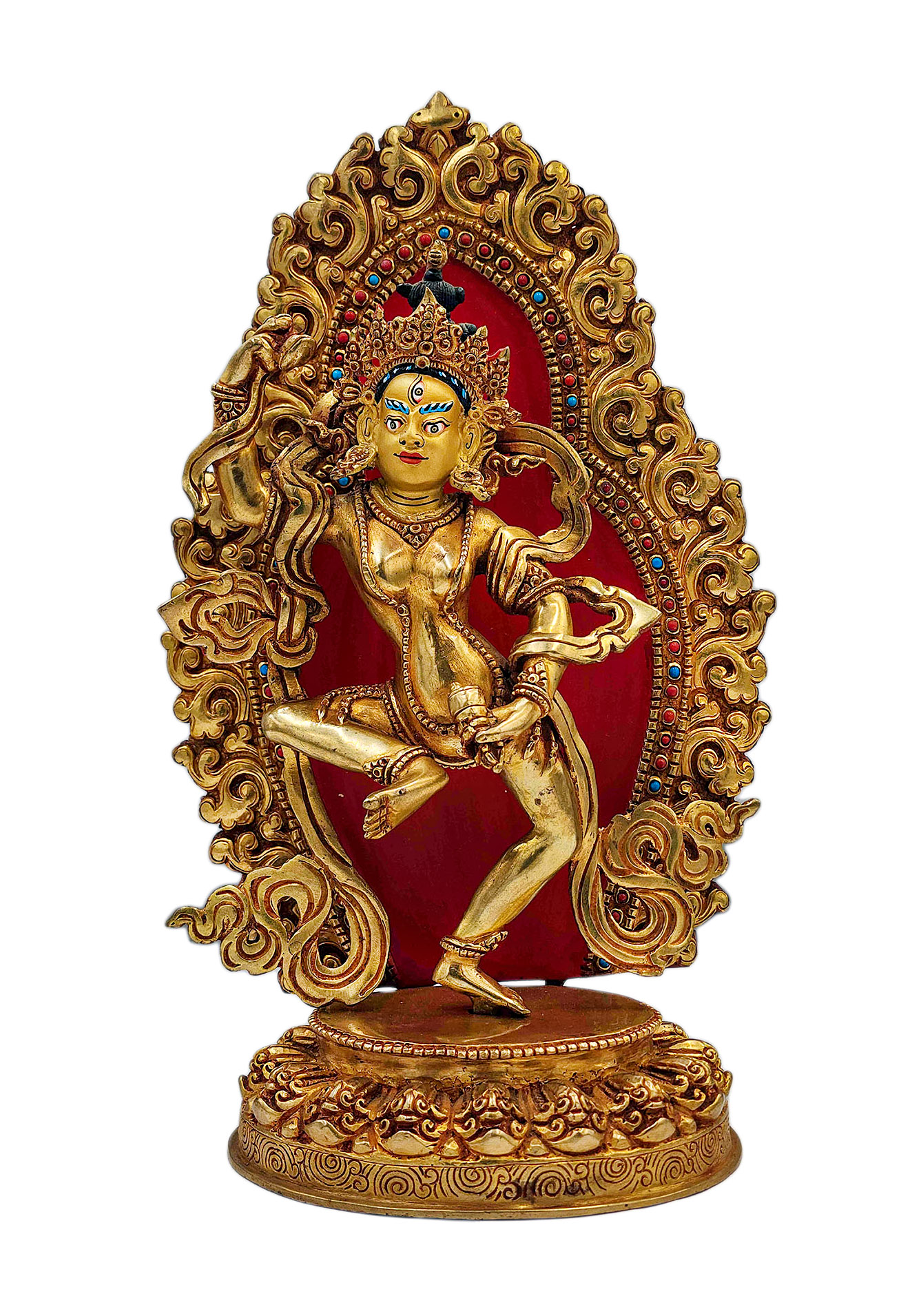 Machig Labdron, Buddhist Handmade Statue,
Machig Labdron, Buddhist Handmade Statue, 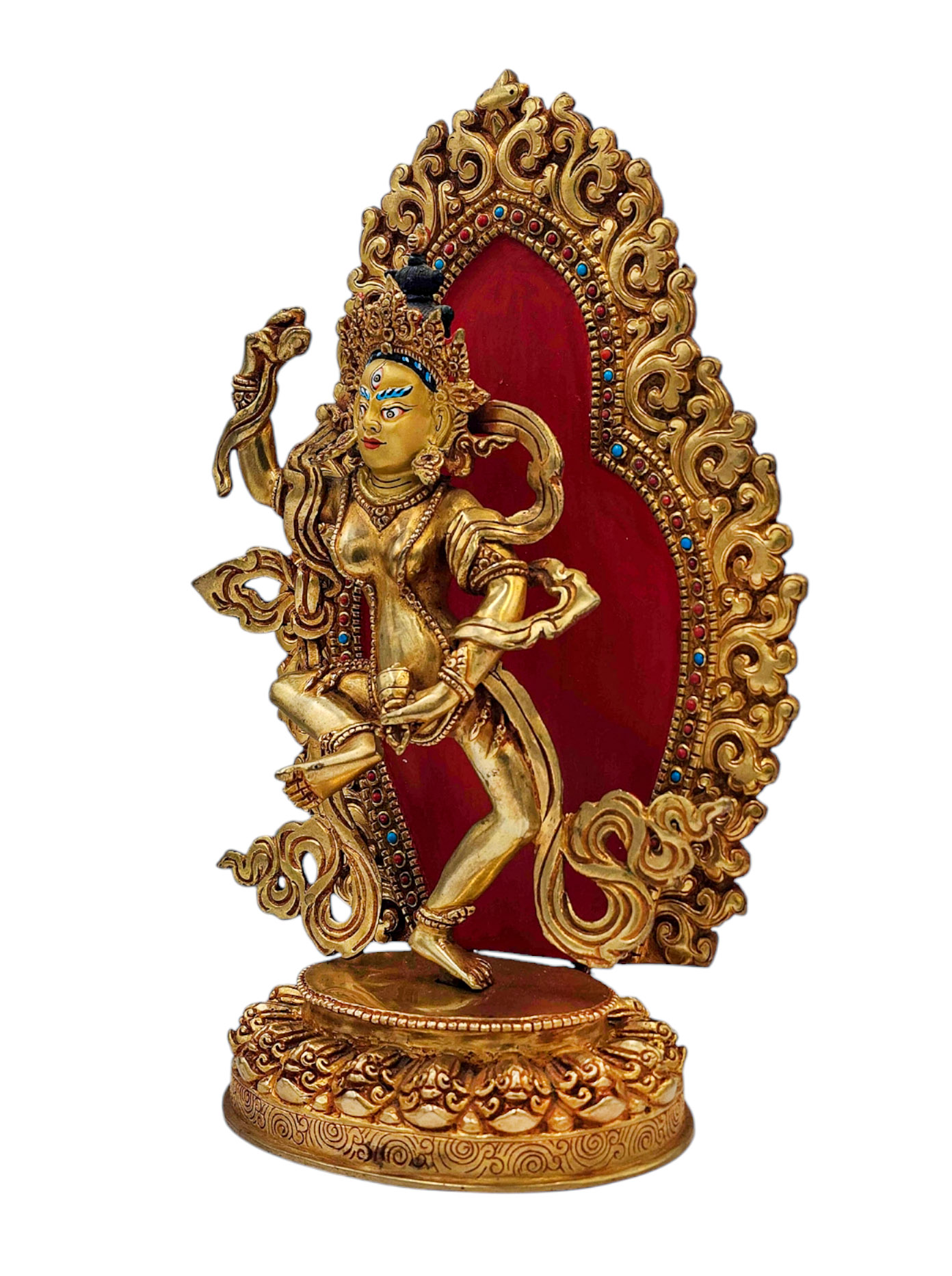 Machig Labdron, Buddhist Handmade Statue,
Machig Labdron, Buddhist Handmade Statue, 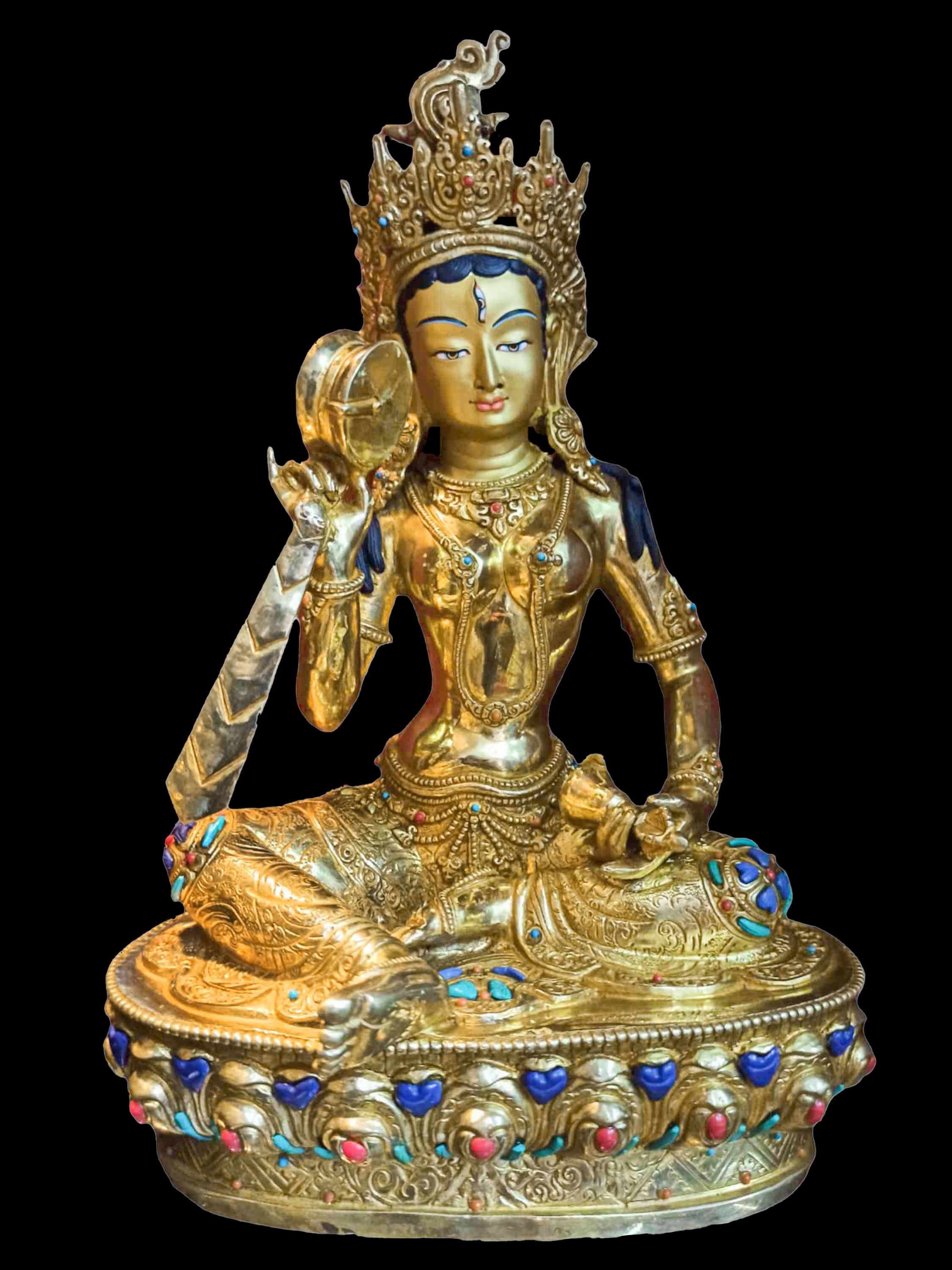 of Machig Labdron,
of Machig Labdron, 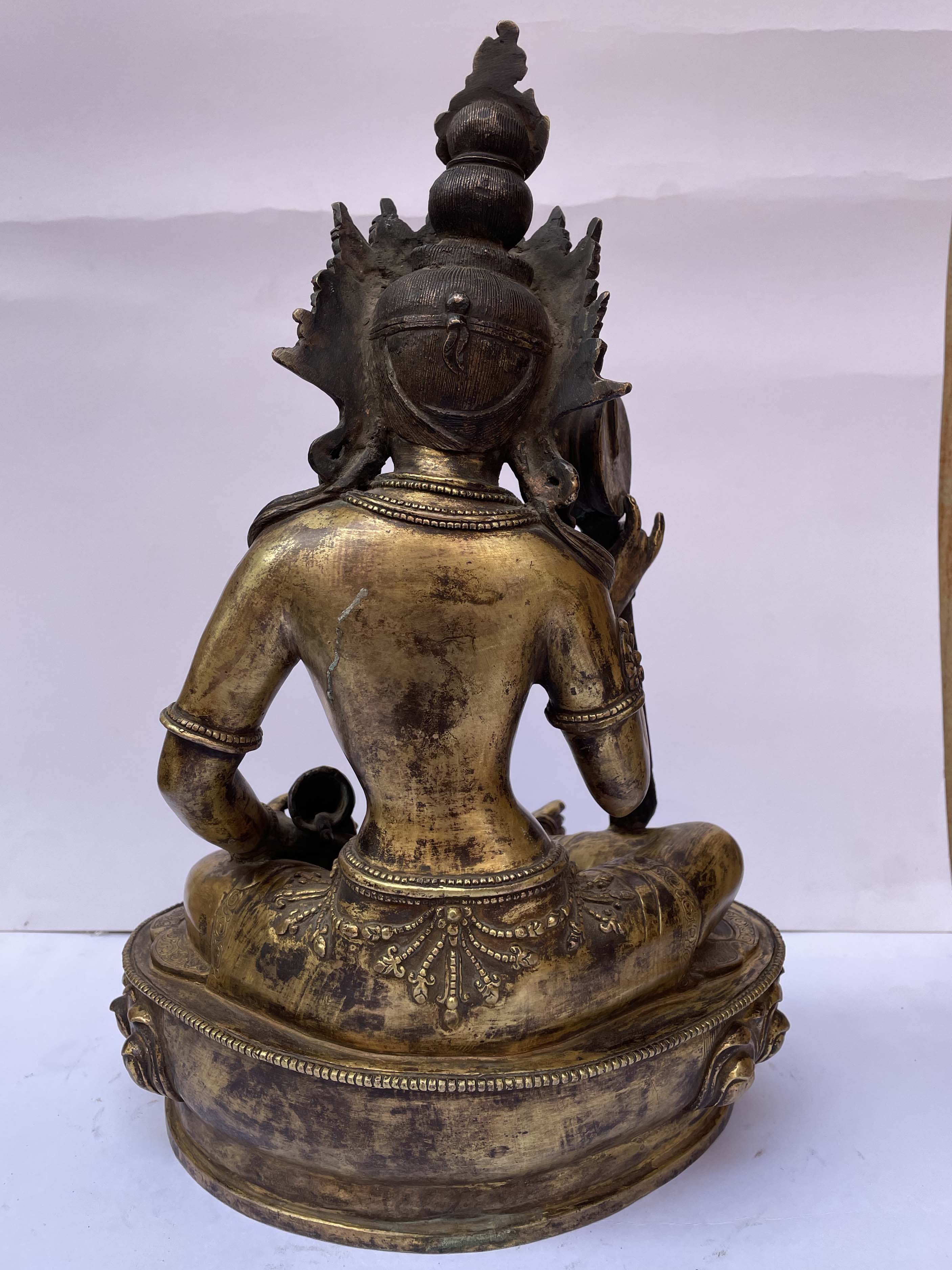 of Green Tara,
of Green Tara, 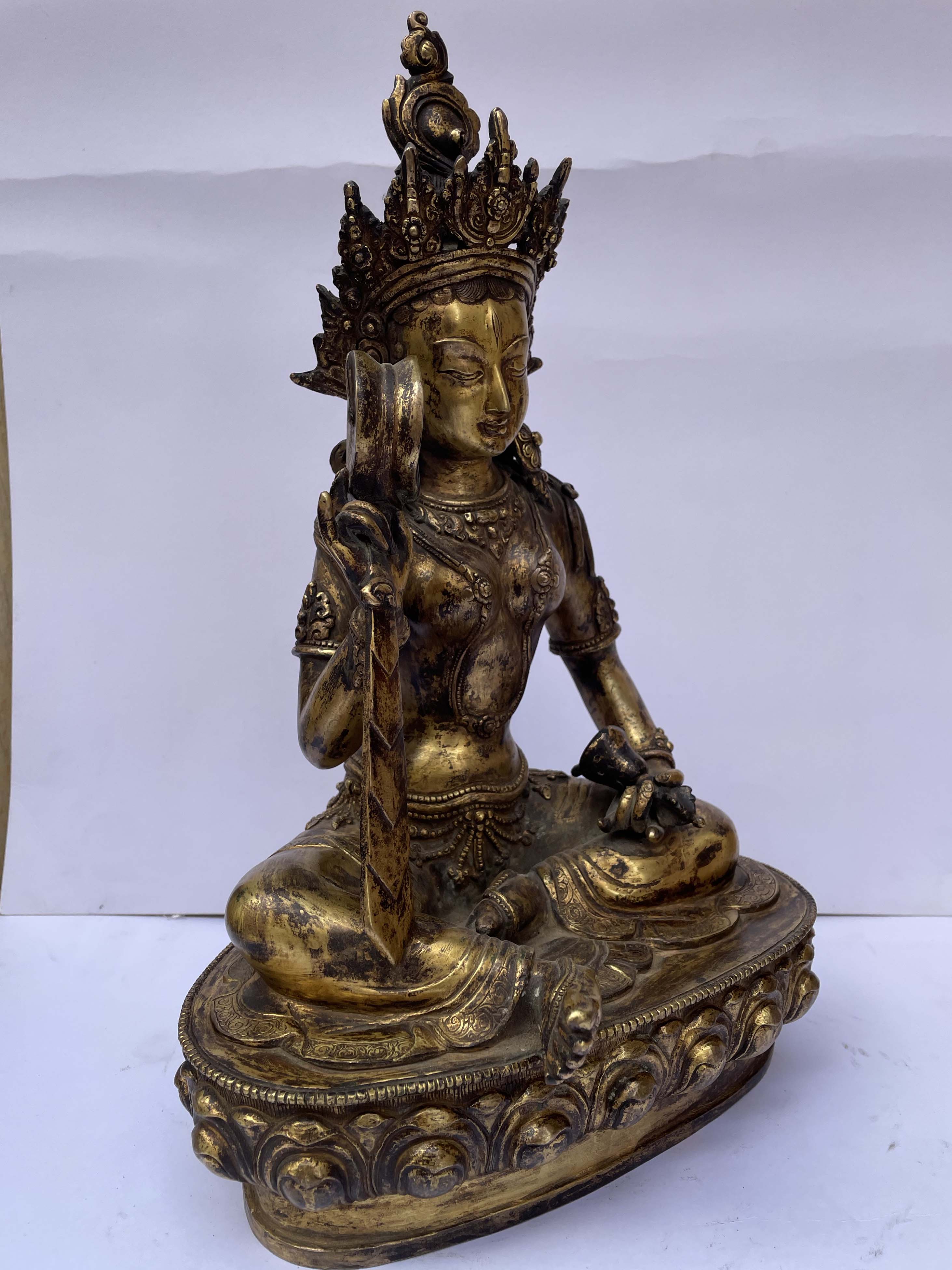 of Green Tara,
of Green Tara, 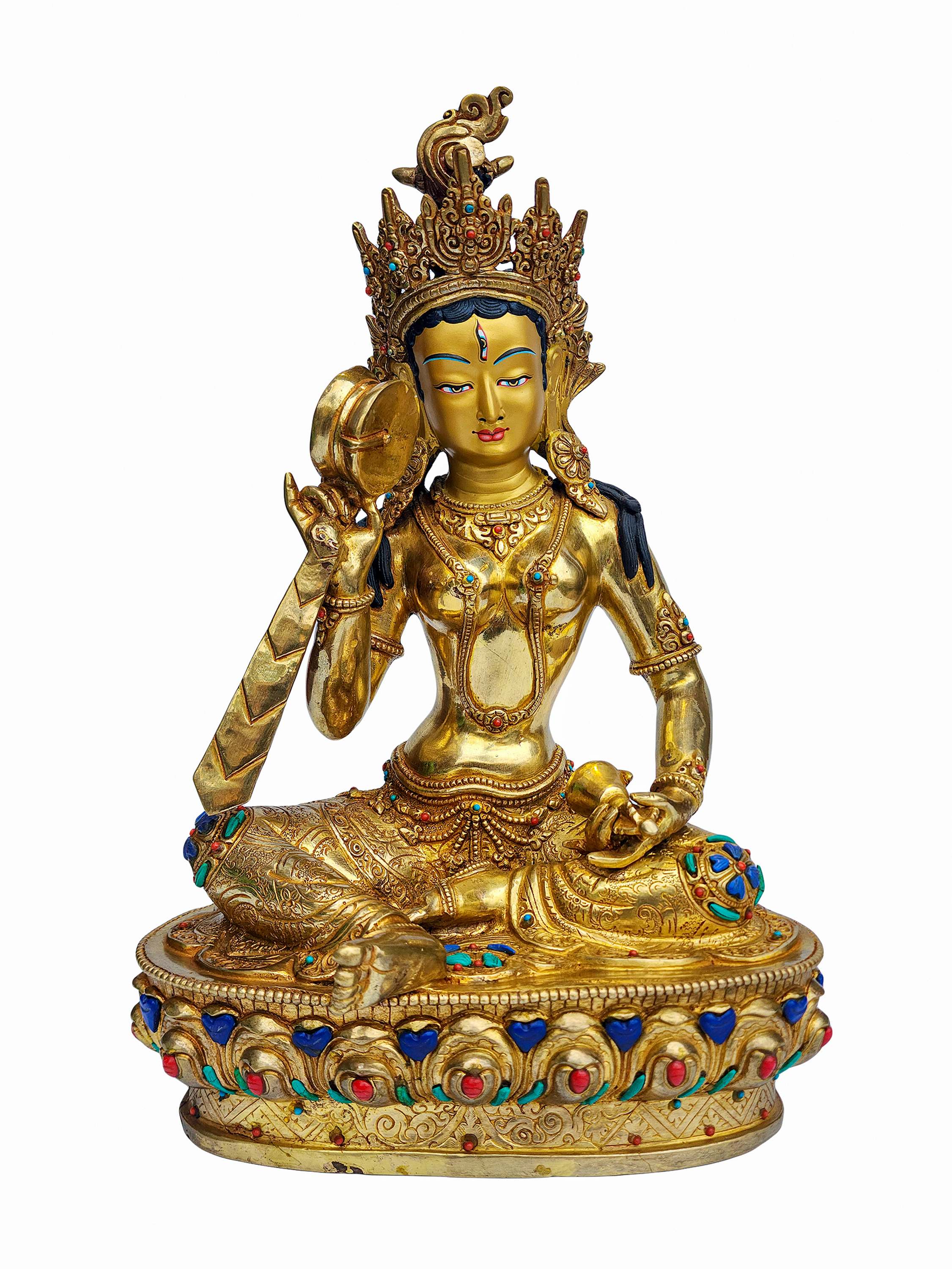 of
of 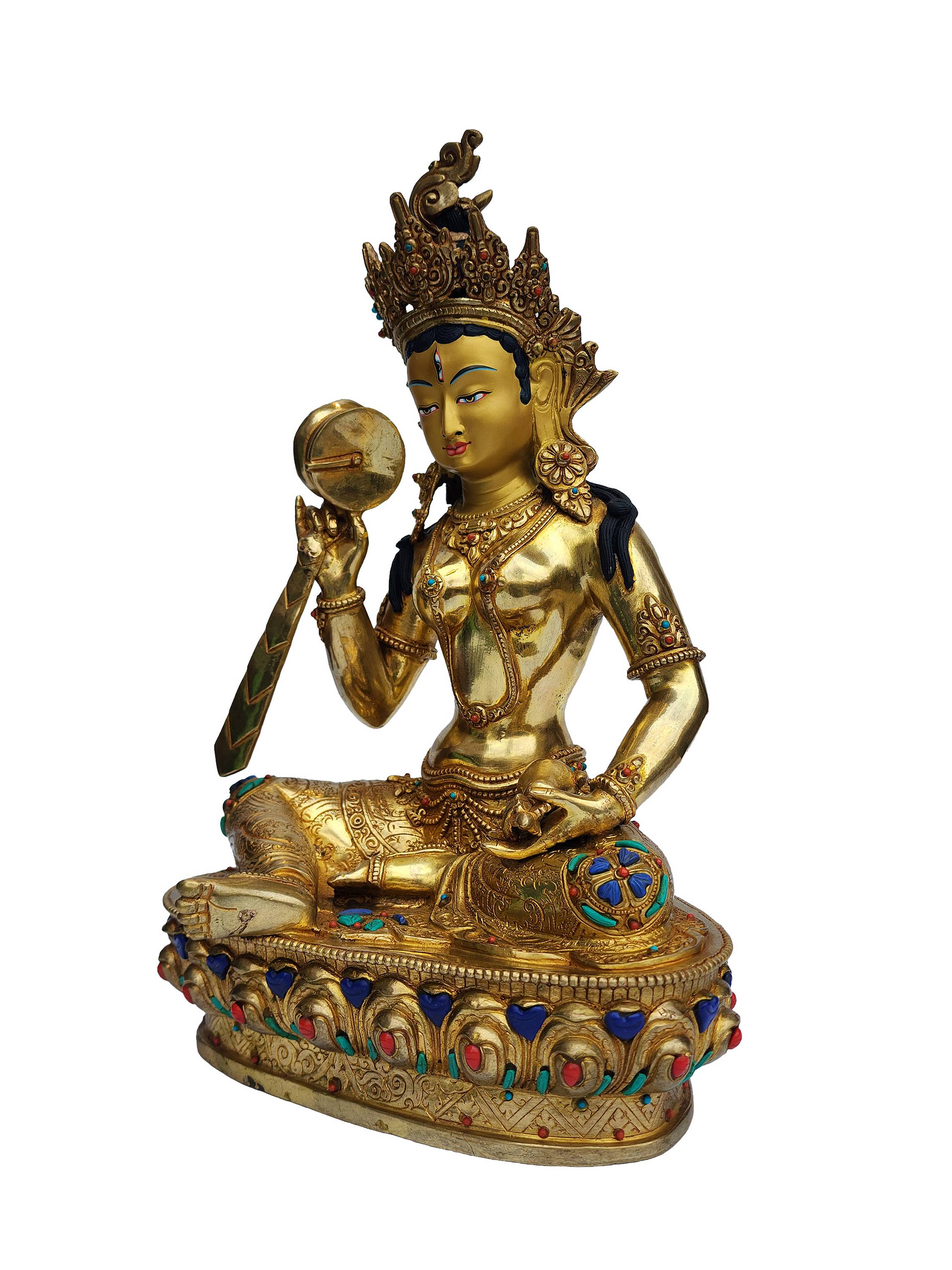 of
of 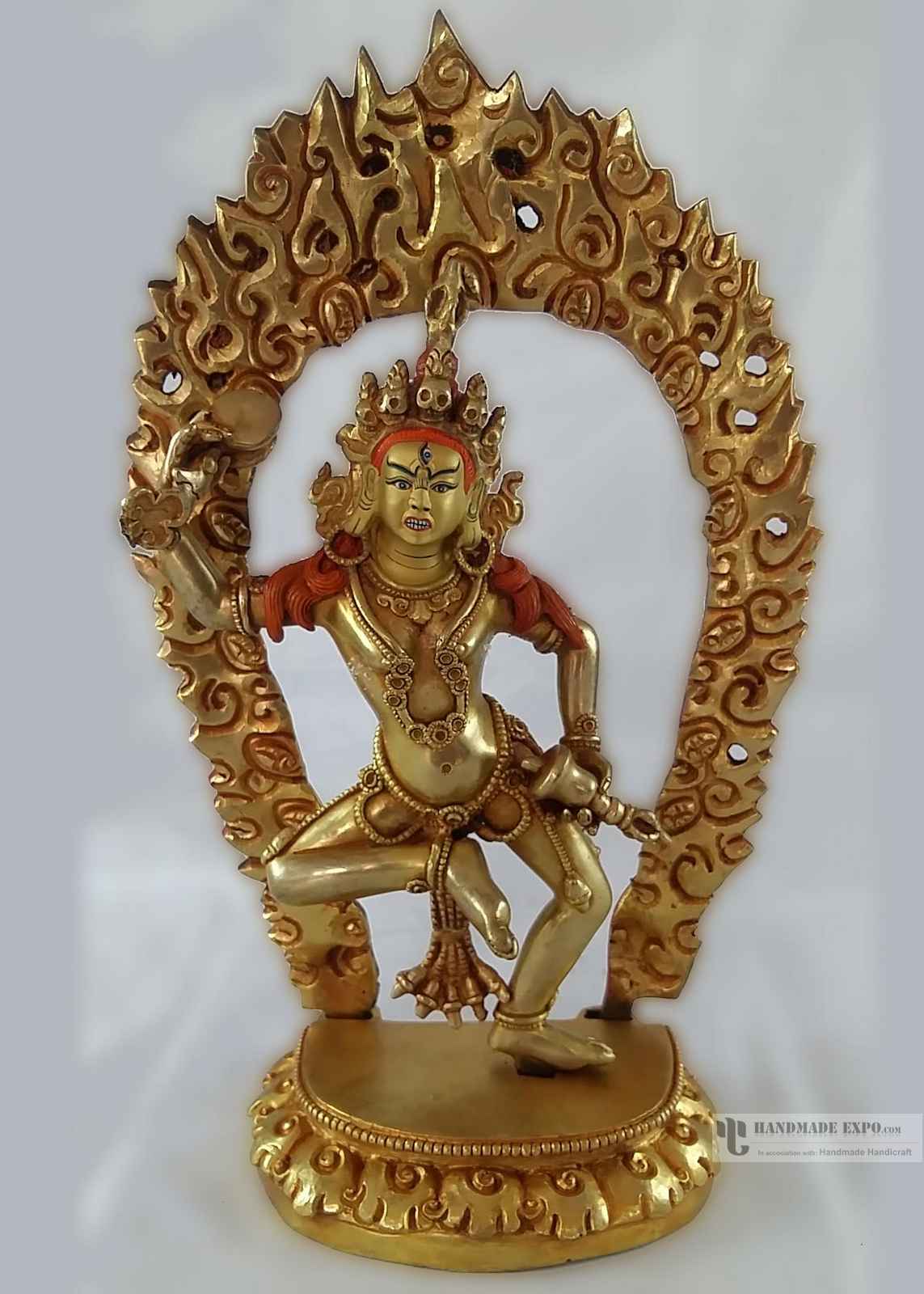 of Machig Labdron, Damaru Yogini-
of Machig Labdron, Damaru Yogini- 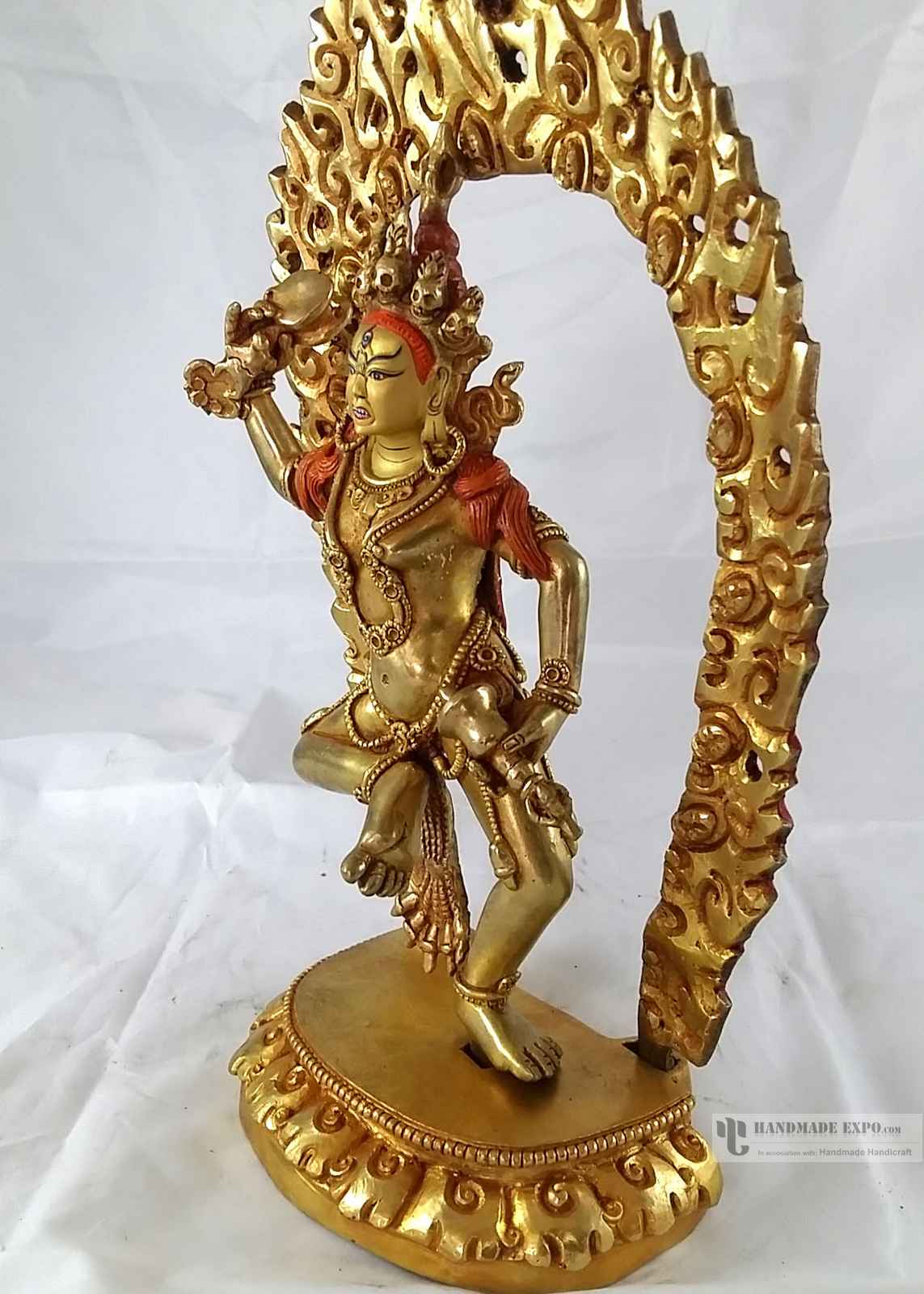 of Machig Labdron, Damaru Yogini-
of Machig Labdron, Damaru Yogini- 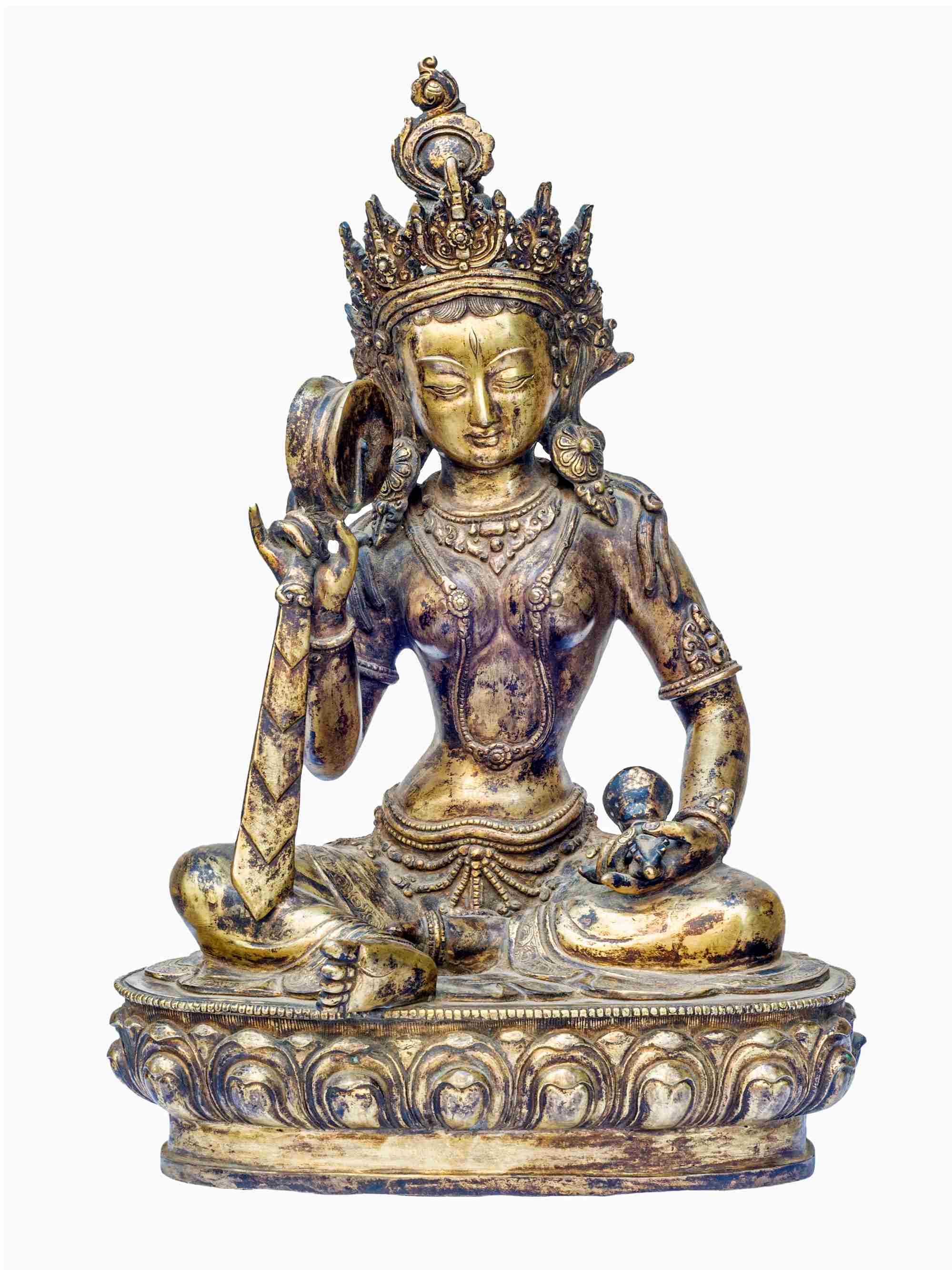 of Machig Labdron, Damaru Yogini,
of Machig Labdron, Damaru Yogini, 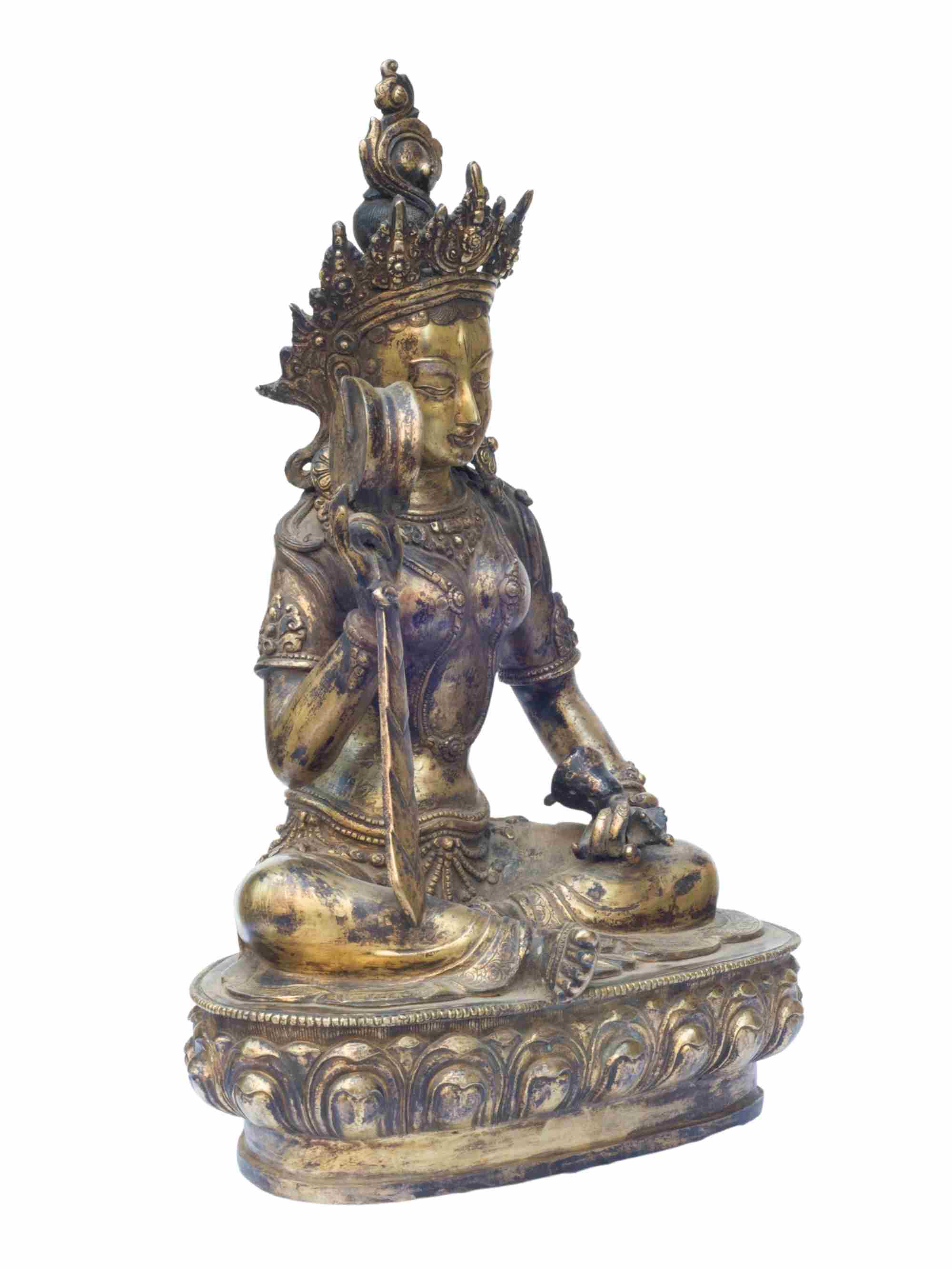 of Machig Labdron, Damaru Yogini,
of Machig Labdron, Damaru Yogini,